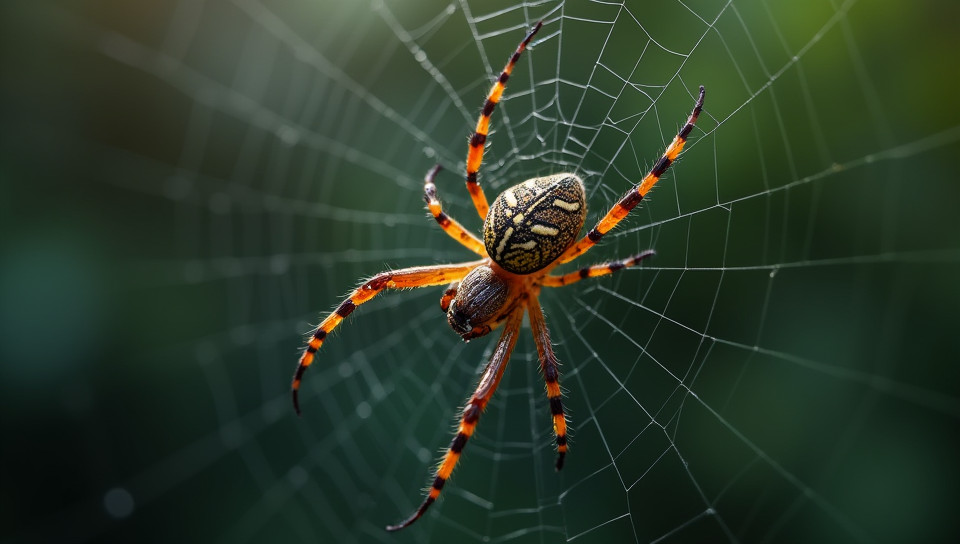Spiders use silk to build webs every day 38%

The Amazing World of Spider Silk
As you sit in your cozy home, sipping your morning coffee, have you ever stopped to think about the incredible world that exists just outside your window? A world where creatures with eight legs and a penchant for spinning magic can be found busy at work every day. Yes, I'm talking about spiders! These tiny architects are masters of using silk to build intricate webs that not only capture their prey but also serve as a testament to their engineering prowess.
The Importance of Silk in Spider Webs
Spiders use silk to create their webs for several reasons:
- They need a way to catch prey
- Their webs help them protect themselves from predators
- Silk provides them with a safe place to lay eggs and raise their young
- It also helps them travel across different surfaces and navigate through the air
How Spiders Produce Silk
Spiders produce silk from glands in their abdomen, which they use to spin threads. The process of producing silk is complex and involves several steps:
- The spider draws out a thread of silk from its spinnerets.
- It then uses its legs to manipulate the thread into the desired shape.
- Once the web is complete, the spider will often add additional threads or repair damaged areas.
Types of Spider Webs
There are many different types of spider webs, each with its own unique characteristics and purposes:
- Orb webs: These are the classic "wheel-shaped" webs that you see in movies.
- Sheet webs: These are flat, horizontal webs that spiders use to catch prey.
- Cobwebs: These are messy, irregular webs that spiders use to trap insects.
Conclusion
Spiders' ability to produce and manipulate silk is truly one of nature's most remarkable feats. Their intricate webs not only capture our imagination but also provide a fascinating glimpse into the world of these tiny creatures. Next time you see a spider spinning its web, remember the incredible engineering skills at work!
- Created by: Alessandro Pellegrino
- Created at: Jan. 25, 2025, 1:19 p.m.
- ID: 18802